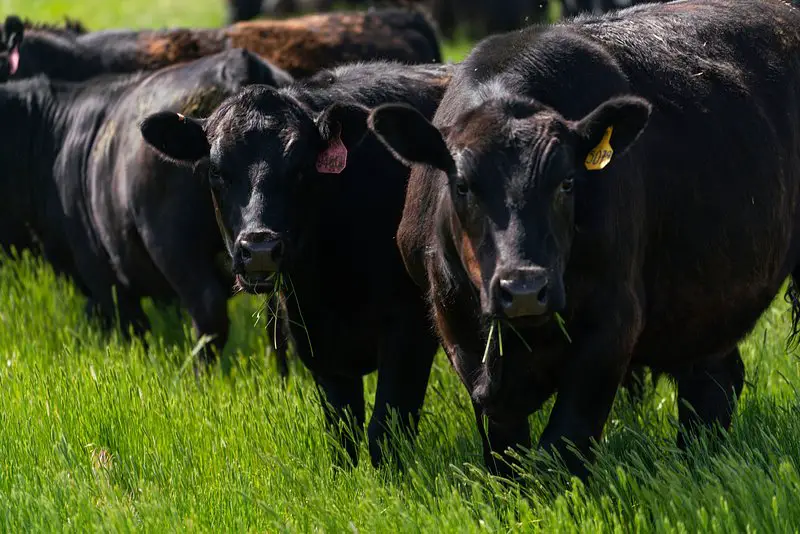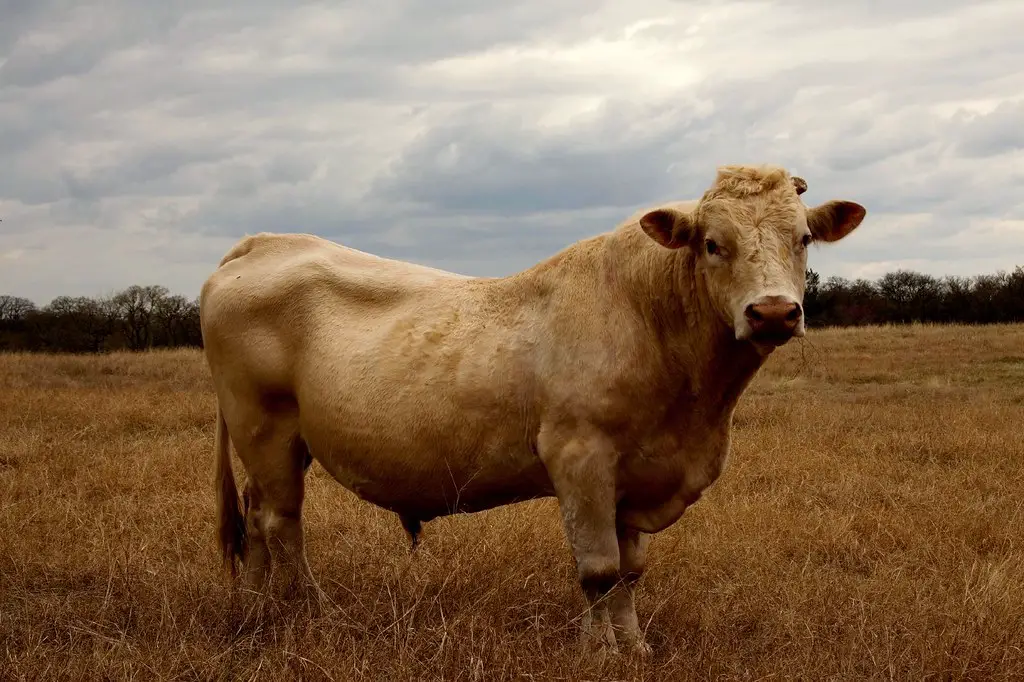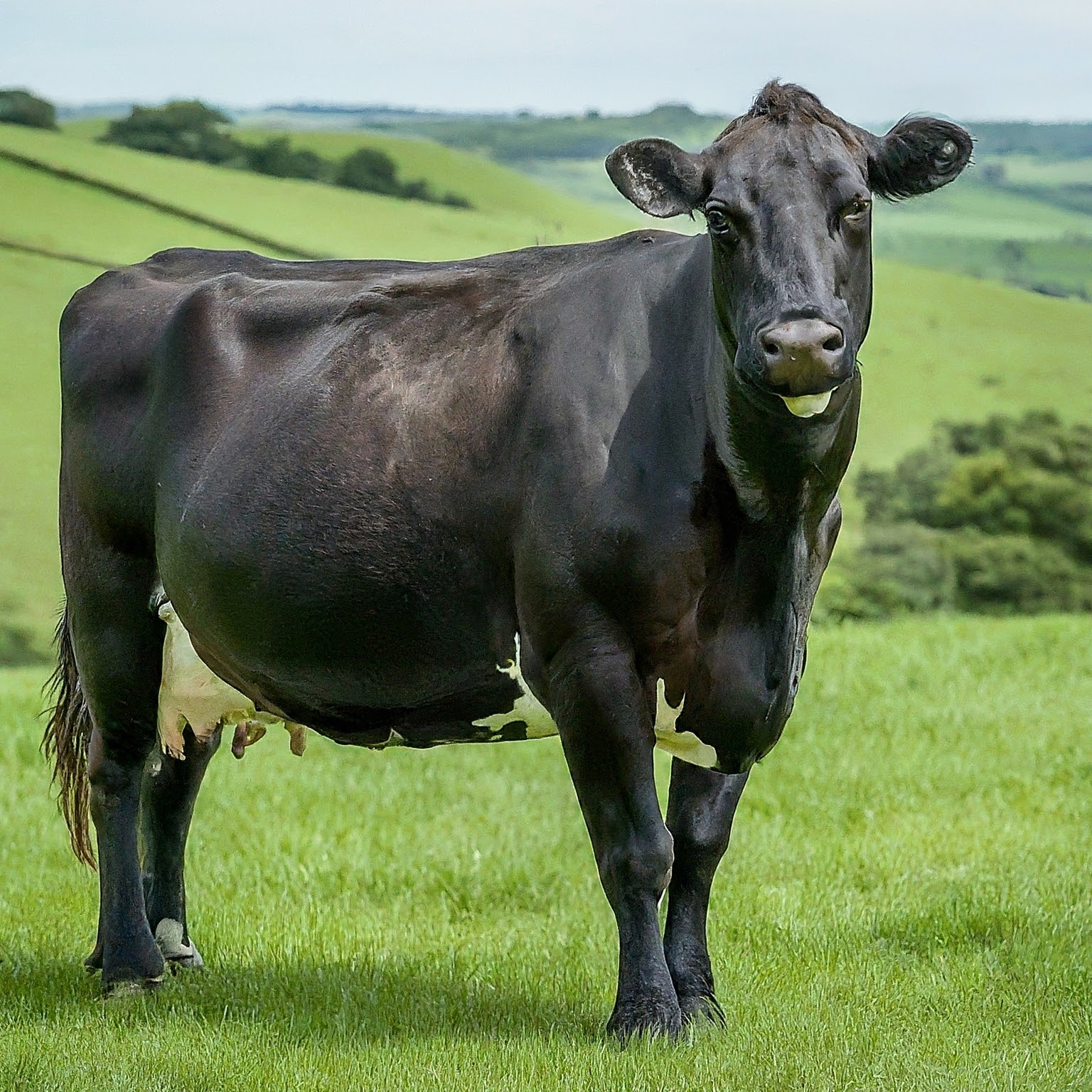Brahman Cattle: Origin, Characteristics, Pros, and Cons
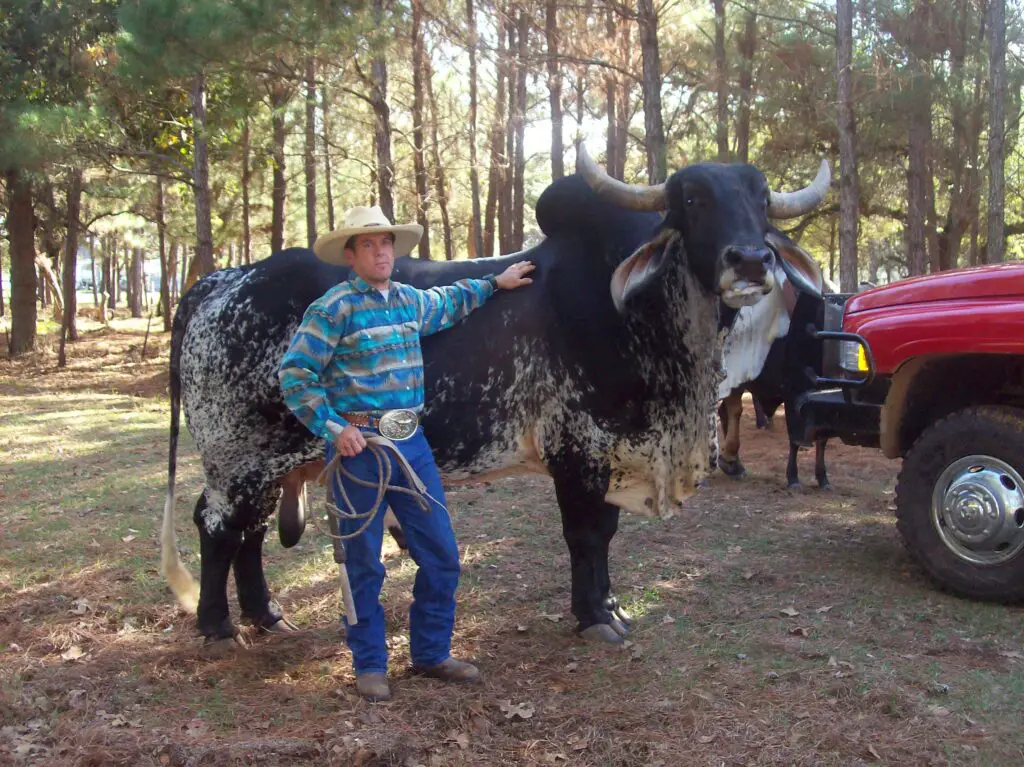
Brahman Cattle! With their distinctive humps, floppy ears, and loose skin, Brahman cattle are a sight to behold. But beyond their unique appearance lies a breed forged for survival in some of the world’s harshest environments. From their Indian origins to the American Gulf Coast, Brahmans have made an indelible mark on the beef industry. If you’re searching for hardy, heat-resistant cattle, let’s dive into the origins, traits, upsides, and potential drawbacks of raising Brahman cattle.
Origin
Brahman cattle trace their roots back to India, where they evolved from several ancient Bos indicus (zebu) breeds. Known for their hardiness and heat tolerance, these cattle were brought to the United States in the mid-1800s. Through selective breeding, the American Brahman was developed, playing a key role in shaping the beef industry across the Southern states.
Brahman Cattle Characteristics
- The Hump: The most recognizable trait, their hump is a fatty deposit that serves as an energy reserve in tough times.
- Loose Skin & Large Ears: Helps regulate body temperature in hot climates.
- Color Variants: Grays, reds, and blacks are common, with color variations within each group.
- Temperament: Brahmans are intelligent, but proper handling is key. They can be docile with good management but may become wary if mishandled.
- Heat & Insect Masters: They sweat profusely and have natural resistance to pests, thriving in hot, subtropical regions.
Brahman Cattle: Pros
- Extreme Hardiness: Brahmans withstand heat, humidity, harsh environments, and diseases that would stress other breeds.
- Excellent Mothers: Brahman cows are fiercely protective and raise strong calves with ease.
- Crossbreeding Success: Brahman genes bring hardiness and heat tolerance to crossbred offspring, creating popular hybrids like Brangus.
- Long Lifespan: Brahman cows often remain productive well into their teens, offering excellent returns over their lifetime.
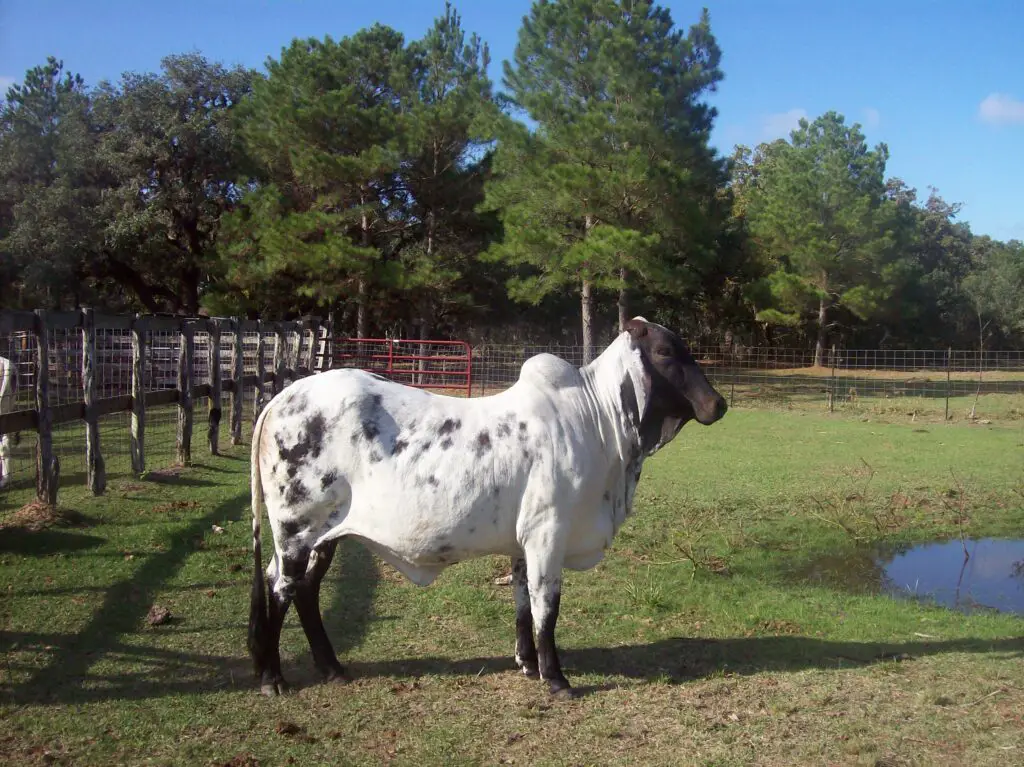
Brahman Cattle: Cons
- Temperament Considerations: While manageable, they may not be as docile as some specialized beef breeds if not consistently handled.
- Marbling Potential: Purebred Brahmans can have less marbling (intramuscular fat for tenderness) than some breeds. However, crossing addresses this.
- Niche Market: Understanding the market in your area is essential. In some regions, crossbreds fetch better prices than purebreds.
FAQ
- What are Brahman cattle used for?
- Brahman are primarily used for beef production. Their crossbreeds are especially popular in the southern US for their superior hardiness. Historically, they were also used as draft animals.
- Are Brahman cattle polled or horned?
- Most Brahman cattle have horns. However, polled (naturally hornless) lines do exist.
- Are Brahman cattle expensive?
- Prices can vary based on bloodlines, location, and market demand. While the initial investment may be similar to other breeds, their longevity and resilience in harsh environments can offset costs in the long run.
- What is the lifespan of a Brahman cow?
- Brahman cows have an average lifespan of 15 years or more, with many exceeding this significantly.
Characteristics Table
| Characteristic | Description |
|---|---|
| Mature Cow Weight | 1000-1600 lbs |
| Mature Bull Weight | 1600-2200 lbs |
| Heat Tolerance | Excellent |
| Calving Ease | Average to Good |
| Temperament | Can be docile with consistent handling (Scale of 1-5, with 5 being very docile) |
Brahman Cattle Color
While commonly seen in shades of gray, Brahman cattle come in surprising color variations:
- Red Brahman Cattle: Range from deep red to light hues. Many have black points on their ears, nose, and hooves.
- Black Brahman Cattle A striking solid black option growing in popularity amongst breeders.
- White Brahman Cattle: While visually appealing, it’s important to note that white Brahman may have increased sensitivity to sunlight.
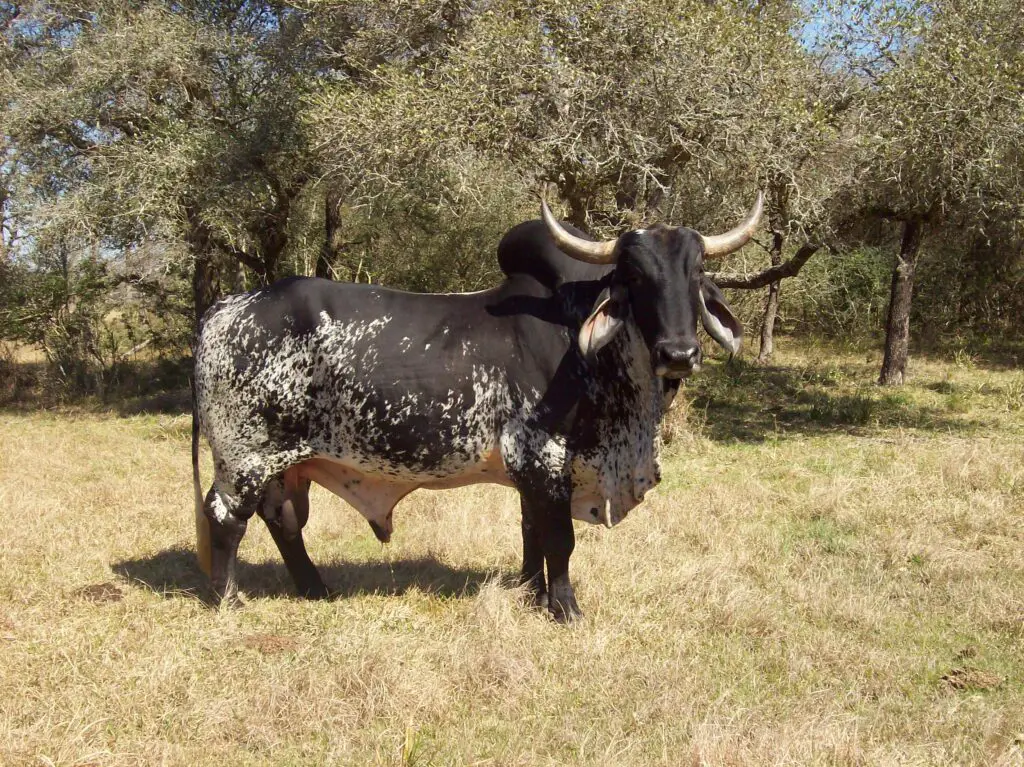
Conclusion
Brahman cattle offer a compelling blend of adaptability and ruggedness. If you’re managing cattle in a hot, humid climate or want to improve the hardiness of your herd through crossbreeding, Brahman genetics are a valuable tool. While it’s important to factor in their temperament and market considerations, their unique advantages make them an intriguing breed for many cattle producers.
Do you have experience raising Brahman cattle? Share your thoughts and experiences in the comments below!

